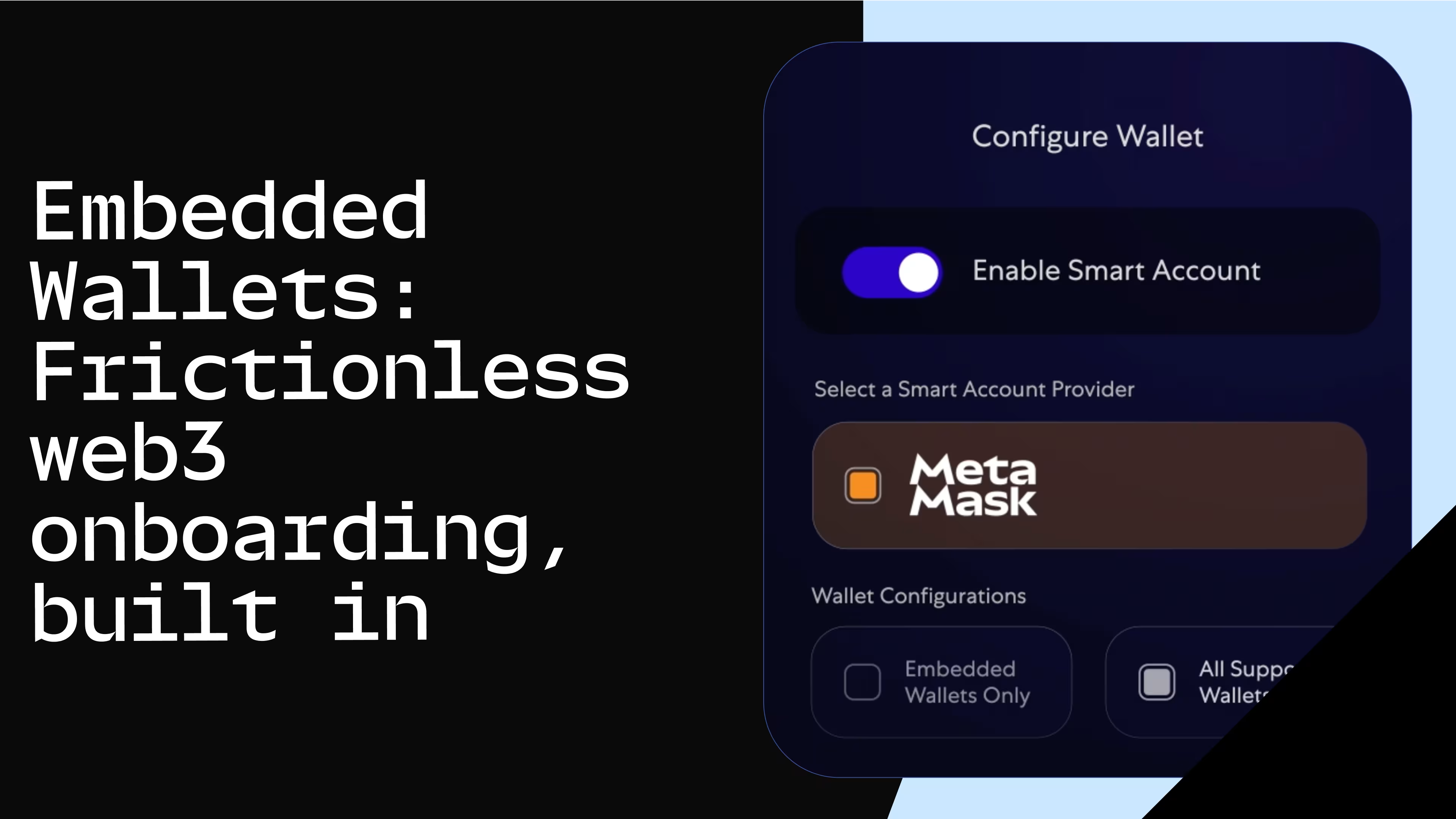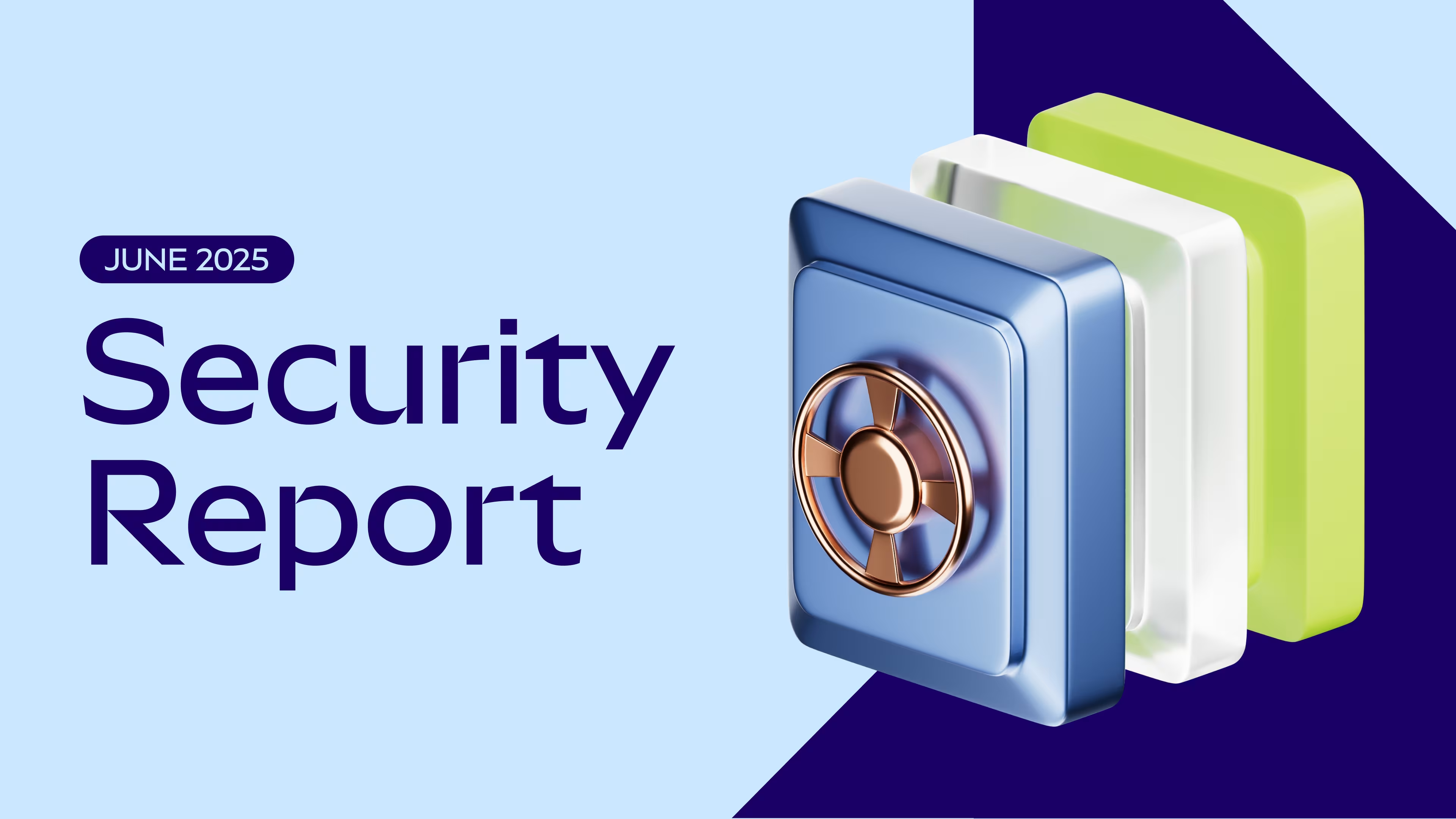Megan is the lead content writer at MetaMask. With a passion for web3 education and crypto culture, she demystifies topics for everyone to embrace the new internet. When she isn't slinging words at the fox den, you can find her enchanted with breathwork, mycology, and optimistic stories. Farcaster: [@megandias](https://warpcast.com/megandias)
Read all articlesNavigate Validator Staking through MetaMask Portfolio
MetaMask Portfolio lets you secure the Ethereum network and earn rewards without maintaining nodes. Learn all you need to know to spin up your validator.

In addition to liquid staking, MetaMask Portfolio now offers validator staking so you can offload the complexity of maintaining nodes, while still earning rewards and participating in network security.What is validator staking in MetaMask Portfolio?
Validator staking, or staking-as-a-service, involves depositing between 32 ETH and 2048 ETH for each validator node, managed and operated through MetaMask Portfolio.
You don’t have to maintain the software and hardware nodes required to spin and keep a validator up—that’s done for you through Consensys Staking, which runs 33,000+ validators with zero slashed so far—all you need to do is deposit your ETH and collect rewards. We’ll handle the rest, like managing the node operation, client updates, and runtime stability.
Reliable staking infrastructure
Consensys Staking, the validator staking infrastructure used on MetaMask Portfolio’s backend, runs your validators effectively, optimizes your rewards, and has a reliable track record you can scrutinize yourself:
33,000+ validatorsZero slashed99.99% validator uptime~7% higher rewards rate than network average (based on Q4 ‘23 data)
$2 Billion worth of ETH staked (4% of all staked ETH)3+ years in production since the launch of the Beacon Chain in 2020Diverse validator clients and distributed infrastructure hosted across multiple regions and cloud providers.
ISO27001:22 and SOC2 Type II Certification, the industry security standard for Software as a Service providers
The staking infrastructure accessible through MetaMask Portfolio is designed to optimize validator staking and rewards with reduced downtime and slashing.Self-custodial staking
Even though you don’t manage node operation, you maintain full control over your staked ETH and rewards. That means you retain control over your crypto and rewards at every step of the process and don’t have to rely on us for fund access.
No compromising on self-custody when you stake through us.
Convenient staking
Staking through MetaMask Portfolio unlocks simplicity and accessibility, removes the technical barriers needed to secure the network, democratizes participation in Ethereum staking for those unable or unwilling to solo stake, and offers you easy monitoring of your deposit and rewards.
Now you don’t need to worry about complex hardware requirements, ongoing maintenance, or software upgrades, you can simply stake between 32 ETH and 2048 ETH for each validator node, and collect rewards for securing the network (minus the MetaMask validator fee).How to stake 32 ETH and more with MetaMask Portfolio
Connect your MetaMask wallet to portfolio.metamask.io
Click on the “Stake” tab and navigate to “Validator Staking” at the top of the page
Select the account address you want to use to deposit your stakeEnter the amount of ETH you want to stake using the slider (Note: Deposits are only available in multiples of 32, the amount required for one validator)Review stake summary, rewards rate, and activation time (Note: MetaMask takes a 10% fee from earned rewards)Select “Confirm” once reviewed and sign the transaction in your wallet to approve and submit the staking deposit.
Success! 🦊Once your transaction is complete, you will be in the queue for a new validator to spin up, which you can find listed on the Validator Staking page. For more information on how to stake and FAQs, read this support guide.
Secure and sustainable consensus
Staking is essential to Ethereum. Under Proof of Stake, the more tokens that are staked, the more expensive it becomes for a bad actor to attack the network. This deposit or stake earns you the right to take part in building new blocks for the blockchain and get rewarded in return.By participating in this public good, you ensure that the most decentralized blockchain continues to remain secure, active, and accessible to all. Get started with MetaMask Portfolio here.



